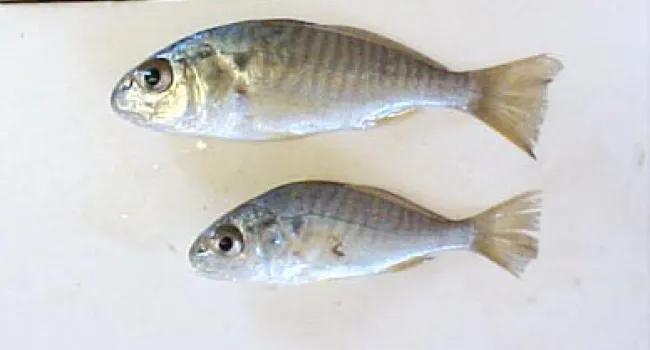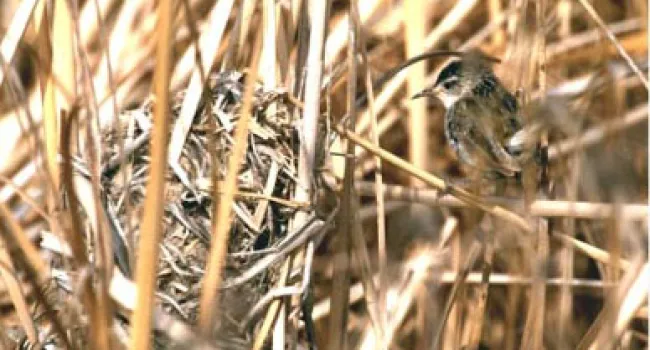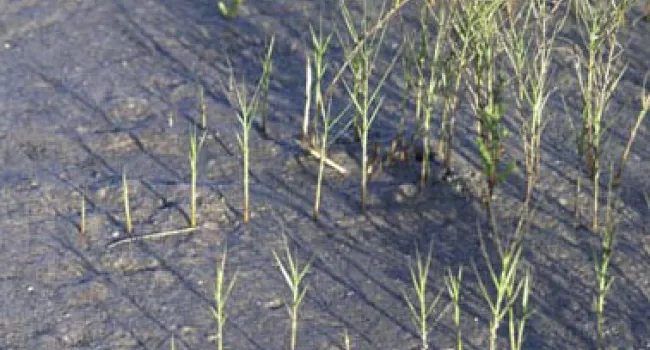
Spot & Croaker | The Salt Marsh
Photo
Spot and croaker are closely related fish. They look alike, with light vertical bands, but the spot is named for a dark spot just behind its gill cover. All members of this group of fish make noises...







